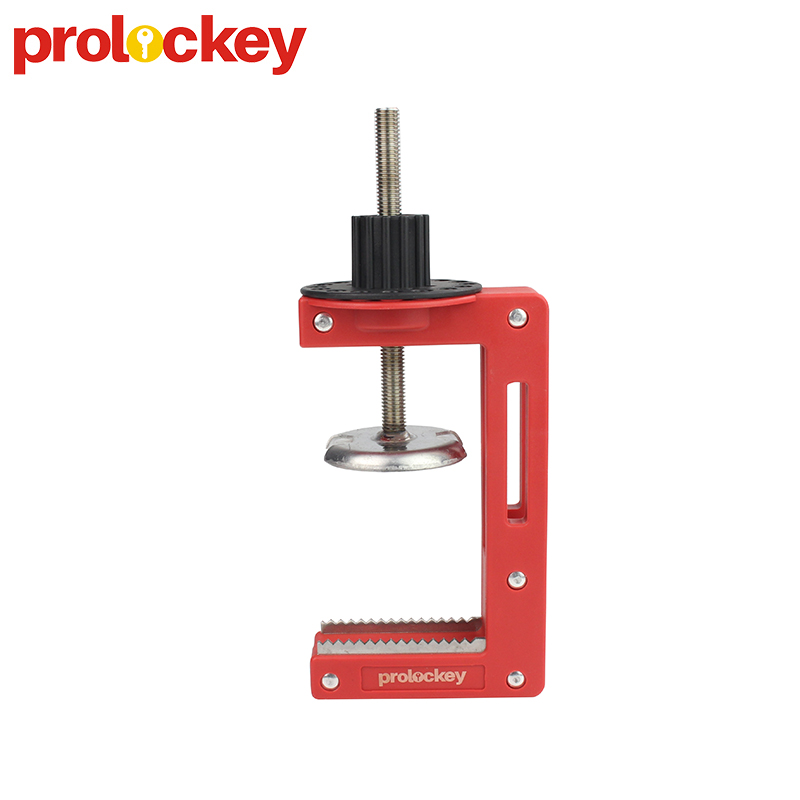Valve lockout devices are critical components in ensuring workplace safety, particularly in industries where hazardous energy release is a concern. One notable incident that highlighted the importance of these devices occurred in 2005 at a chemical plant in Texas. A valve was inadvertently opened during routine maintenance, leading to the release of toxic gases and a catastrophic explosion. This incident underscored the necessity for robust lockout/tagout (LOTO) protocols to prevent unauthorized or accidental activation of machinery and systems. With this background in mind, let’s explore what valve lockout devices are, how to use them, and why they are essential.
Valve lockout devices are indispensable for ensuring that machinery and equipment remain safely de-energized during maintenance and repair. By physically locking a valve in place, these devices prevent the accidental release of hazardous energy, protecting workers from potential harm.
What are Valve Lockout Devices?
Valve lockout devices are safety mechanisms designed to isolate energy sources to ensure that machinery and equipment cannot be activated while repairs or maintenance are being performed. These devices come in various forms and are utilized in industries where the unintended release of hazardous energy can pose significant safety risks. Common types include ball valve lockouts, gate valve lockouts, and butterfly valve lockouts.
The primary purpose of valve lockout devices is to provide a physical barrier that prevents the manipulation of a valve. This barrier ensures that the valve remains in a safe position, whether open or closed, depending on the requirements of the maintenance procedure. In addition to the physical lock, these devices often include a tagging mechanism that provides critical information about the lockout status, such as the name of the person responsible for the lockout and the date it was applied.
Types of Valve Lockout Devices
There are several types of valve lockout devices, each designed to accommodate different valve configurations and applications. Understanding the various types can help in selecting the appropriate device for specific needs:
Ball Valve Lockouts
Ball valve lockouts are designed to fit over the handle of ball valves, effectively preventing the handle from being turned. These lockouts are typically adjustable to accommodate a range of handle sizes. They are widely used because ball valves are common in many industrial settings.
The device works by encasing the handle in a protective cover that is secured with a lock. Only authorized personnel with the key or combination can remove the lock, ensuring that the valve cannot be opened or closed unintentionally. This type of lockout is particularly useful in processes involving fluids or gases, where accidental opening could lead to spills, leaks, or dangerous pressure build-ups.
Post time: Aug-31-2024







